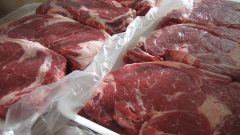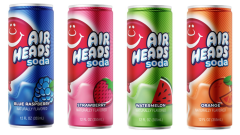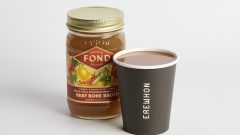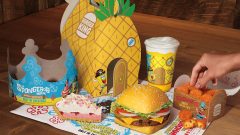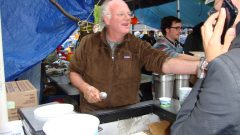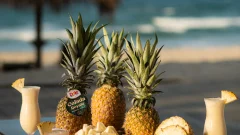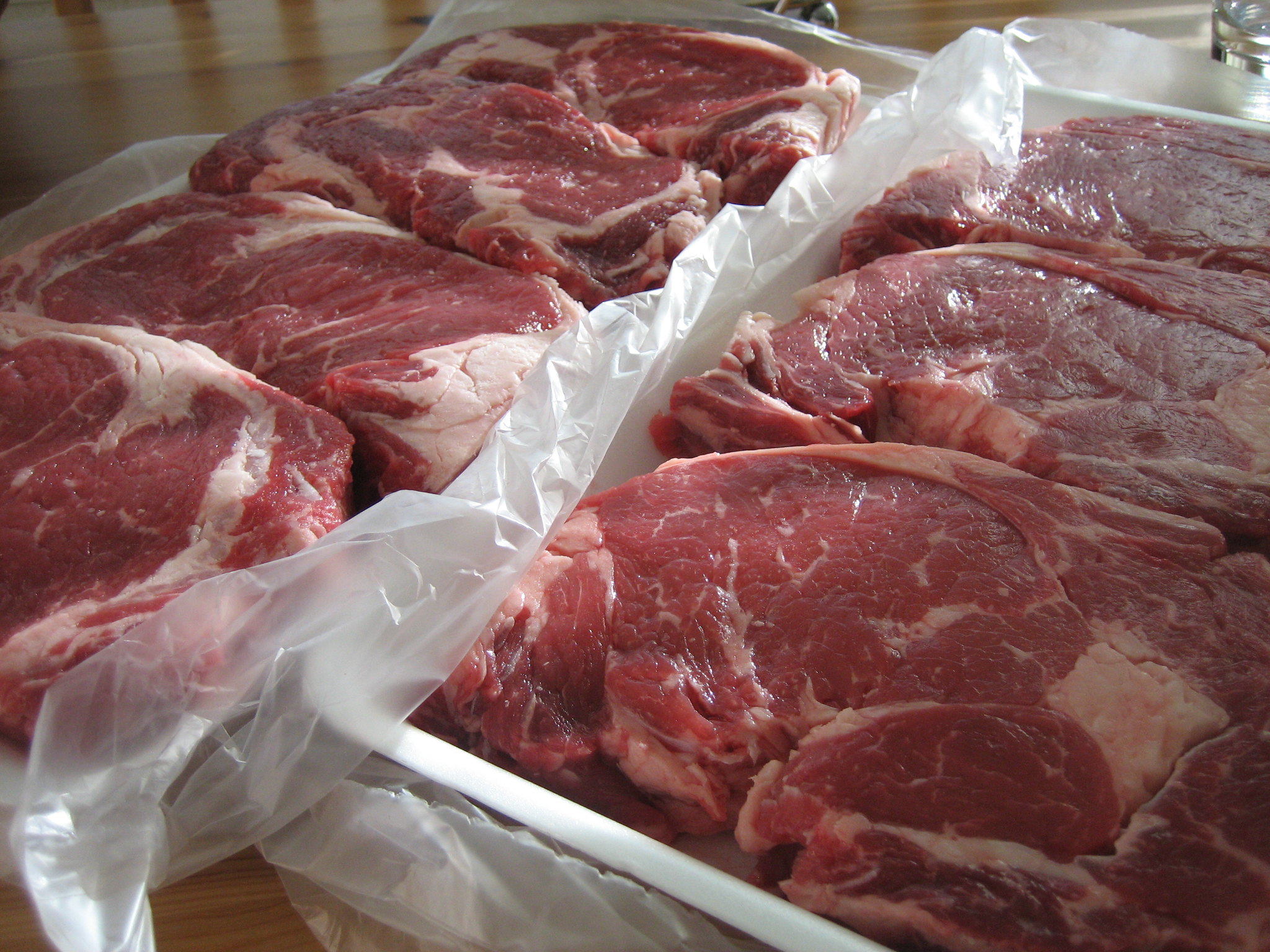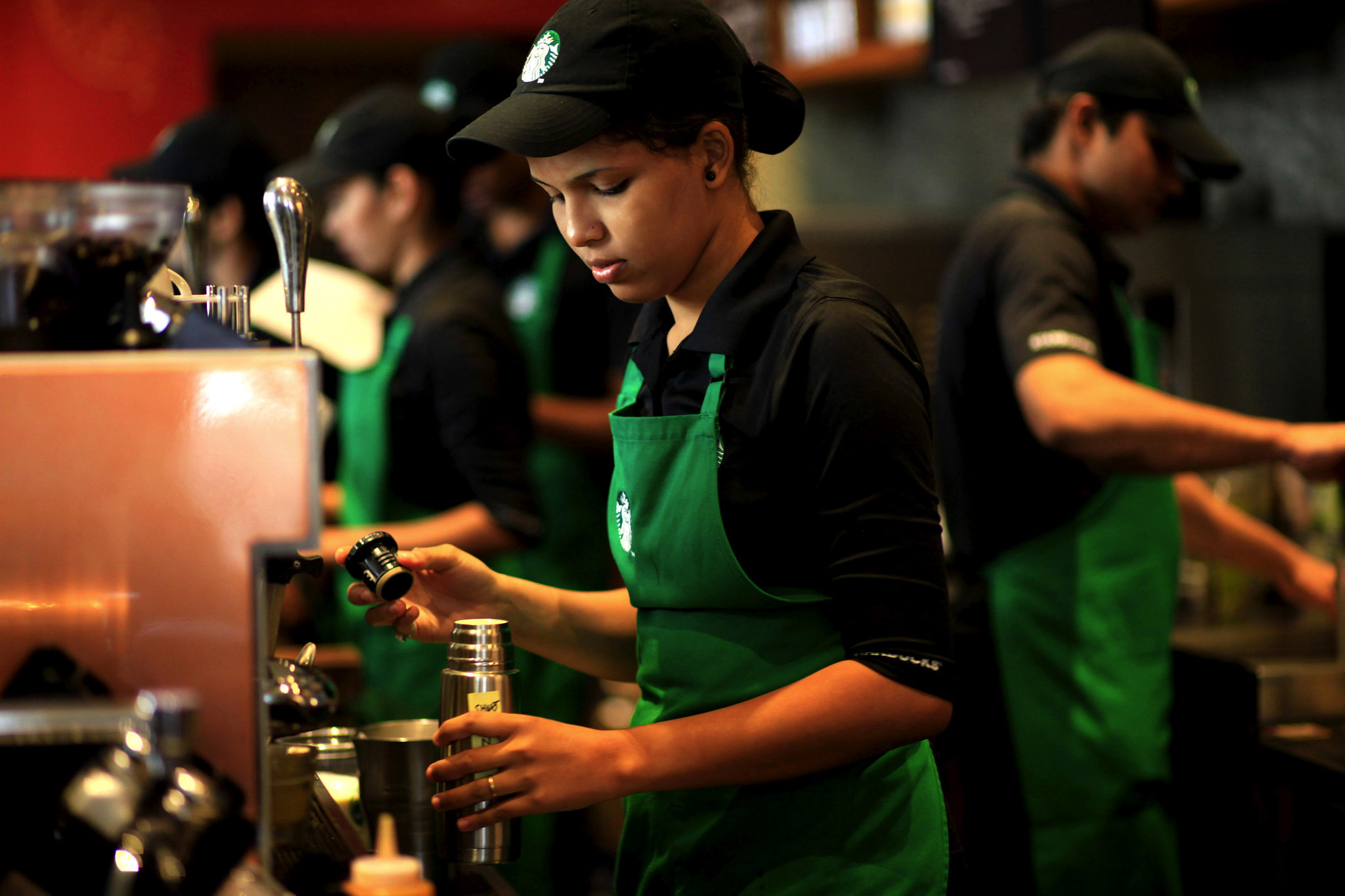NASA-Funded Breakthrough Grows Plants Using Soil from the Moon
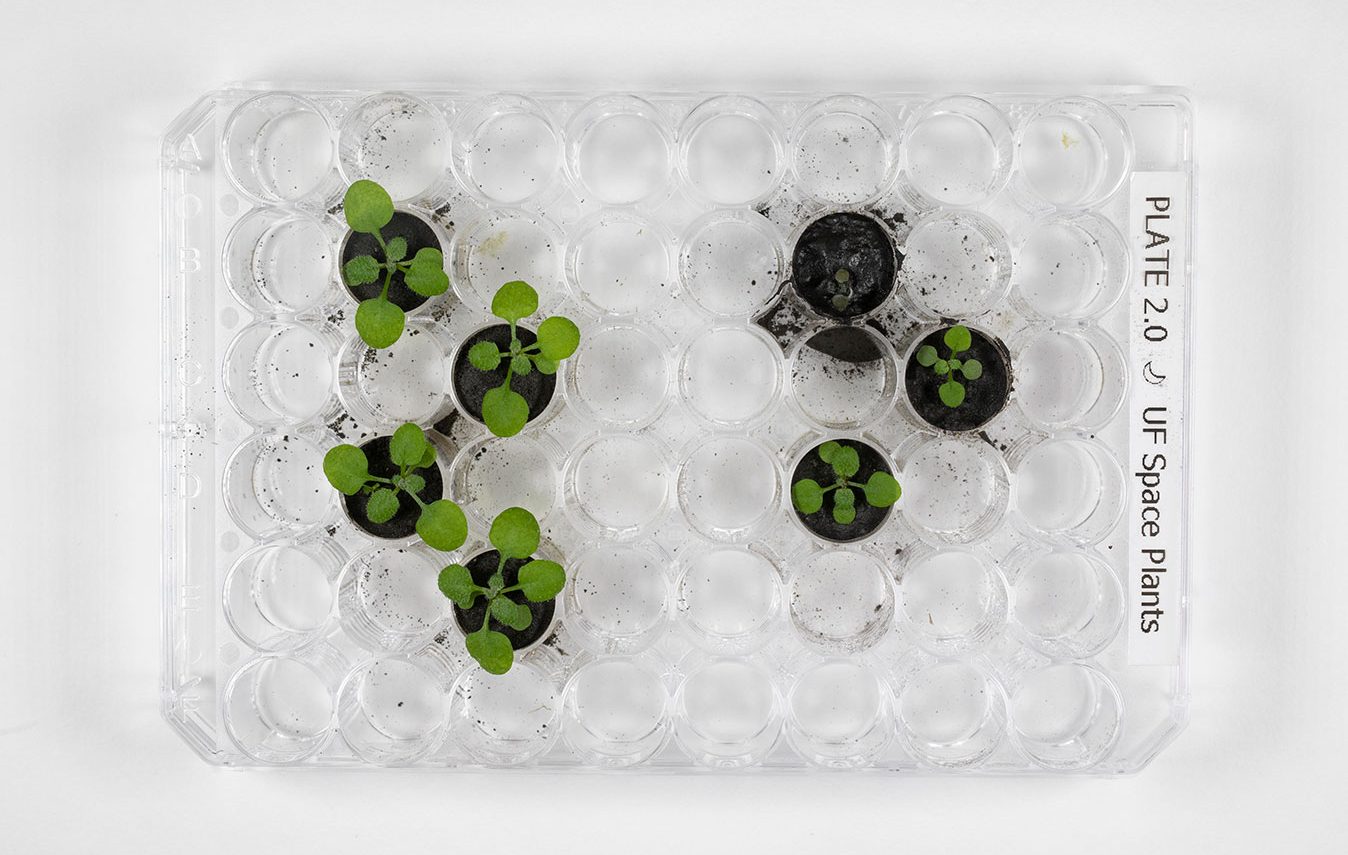
When most people think NASA, space shuttles come to mind. But, besides launching space shuttles and floating around the International Space Station, NASA’s geniuses work on a wide range of interesting things that benefit humankind.
Back in the day during the Apollo missions, astronauts collected lunar soil and brought it to back to Earth for examination, where the samples were archived for future research. Fast forward 50 years later to now, and scientists from the University of Florida have successfully grown plants using three of those original lunar soil samples.
The achievement happens to align with the NASA-led Artemis program, which is an international collaboration with the primary goal of returning humans to the Moon by 2025.

“This research is critical to NASA’s long-term human exploration goals as we’ll need to use resources found on the Moon and Mars to develop food sources for future astronauts living and operating in deep space,” said NASA Administrator Bill Nelson. “This fundamental plant growth research is also a key example of how NASA is working to unlock agricultural innovations that could help us understand how plants might overcome stressful conditions in food-scarce areas here on Earth.”
The lunar plant babies in question are called Arabidopsis thaliana, a Eurasian and African relative of mustard greens, broccoli, cauliflower and Brussels sprouts. The plant is used often in plant biology studies because it’s relatively small and easy to grow.
The team used samples collected on the Apollo 11, 12 and 17 missions with only a gram of regolith for each plant. A little water, seeds and nutrients produced sprouts from each sample in two days.

While they successfully grew plants using lunar regolith, the plants themselves weren’t as robust as Earth soil produce. Nevertheless, this is a significant step towards growing nutrient-rich produce on the Moon for extended lunar visits and addressing the increasing food scarcity on Earth due to climate change. In other words, some day you may be eating veggies grown on the moon.
“Not only is it pleasing for us to have plants around us, especially as we venture to new destinations in space, but they could provide supplemental nutrition to our diets and enable future human exploration,” said Sharmila Bhattacharya, program scientist with NASA’s Biological and Physical Sciences (BPS) Division. “Plants are what enable us to be explorers.”
For more information on this significant breakthrough, visit NASA’s website.

